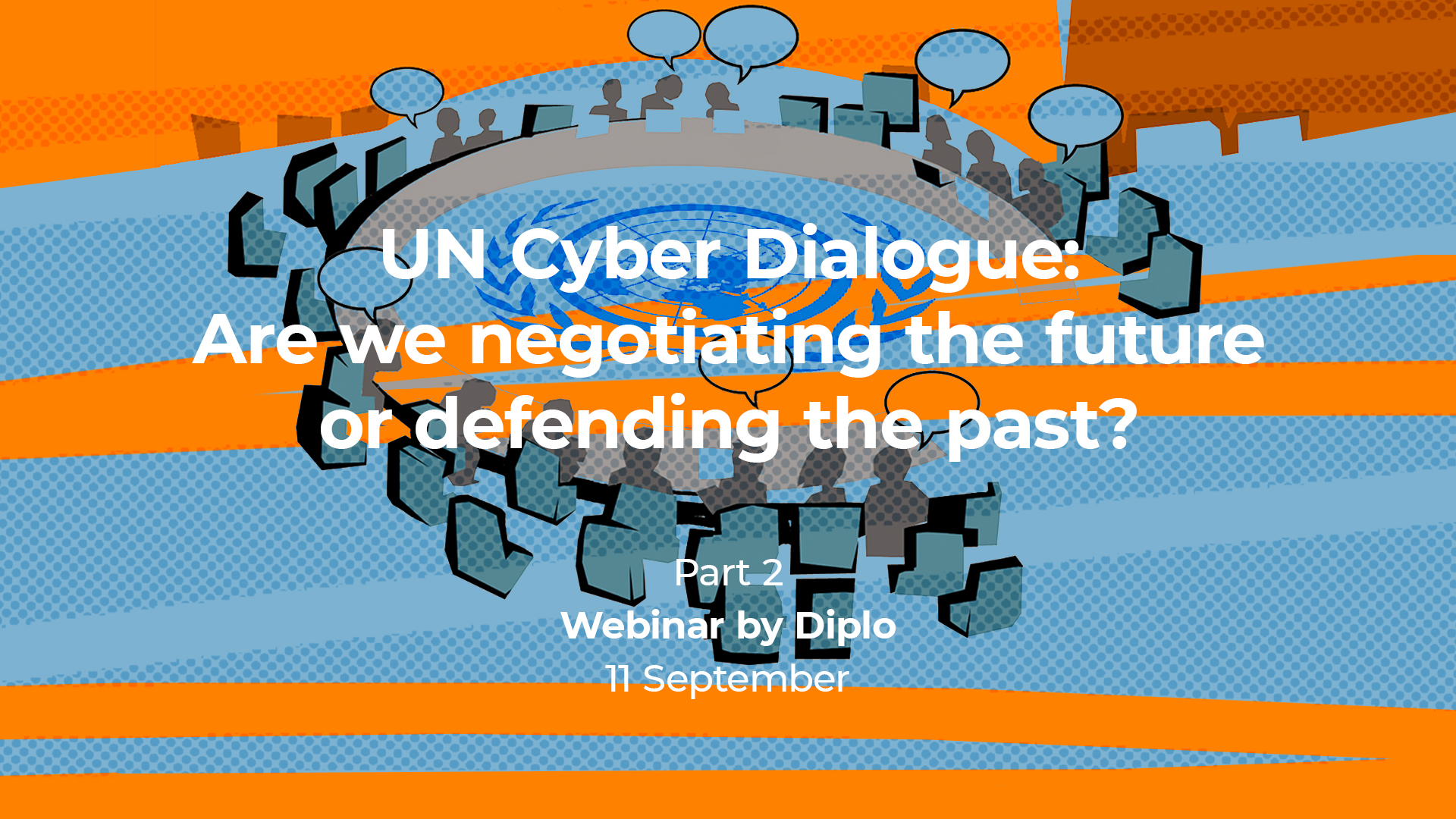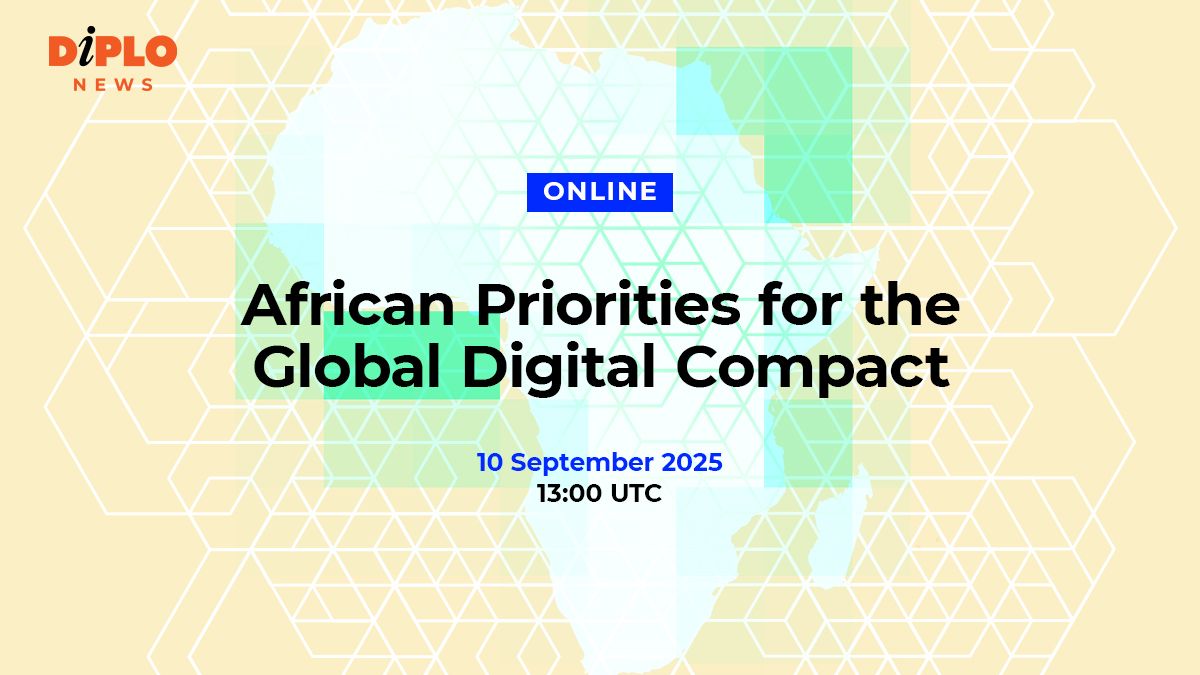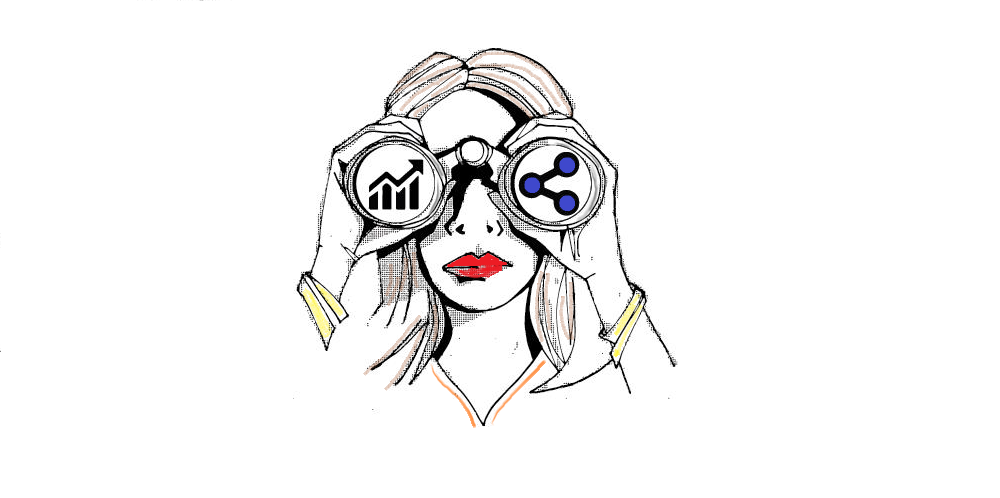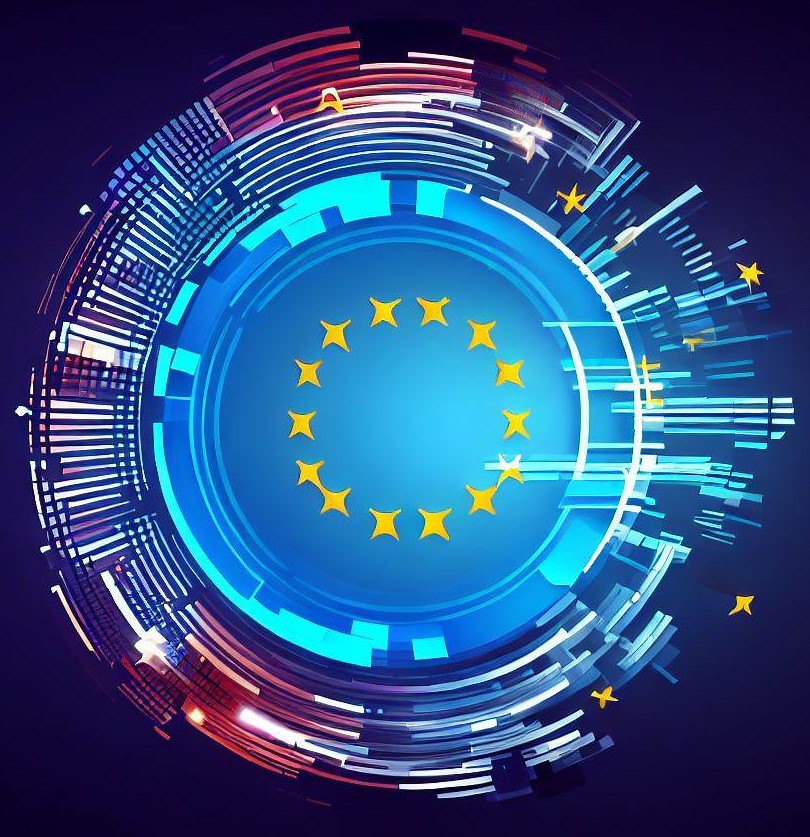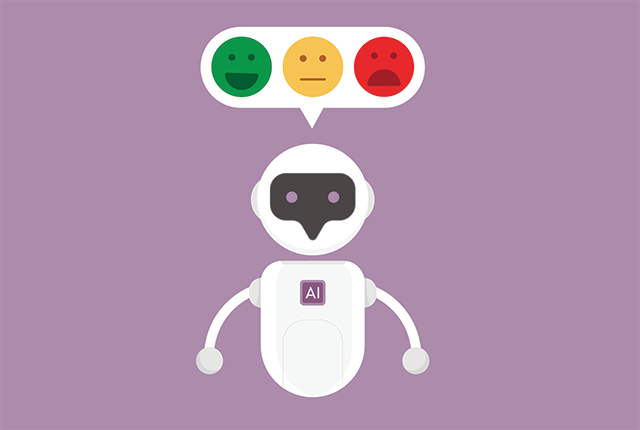Educators are confronting a new reality as AI tools like ChatGPT become widespread among students. Traditional take-home assignments and essays are increasingly at risk as students commonly use AI chatbots to complete schoolwork.
Schools are responding by moving more writing tasks into the classroom and monitoring student activity. Teachers are also integrating AI into lessons, teaching students how to use it responsibly for research, summarising readings, or improving drafts, rather than as a shortcut to cheat.
Policies on AI use still vary widely. Some classrooms allow AI tools for grammar checks or study aids, while others enforce strict bans. Teachers are shifting away from take-home essays, adopting in-class tests, lockdown browsers, or flipped classrooms to manage AI’s impact better.
The inconsistency often leaves students unsure about acceptable use and challenges educators to uphold academic integrity.
Institutions like the University of California, Berkeley, and Carnegie Mellon have implemented policies promoting ‘AI literacy,’ explaining when and how AI can be used, and adjusting assessments to prevent misuse.
As AI continues improving, educators seek a balance between embracing technology’s potential and safeguarding academic standards. Teachers emphasise guidance, structured use, and supervision to ensure AI supports learning rather than undermining it.
Would you like to learn more about AI, tech and digital diplomacy? If so, ask our Diplo chatbot!





